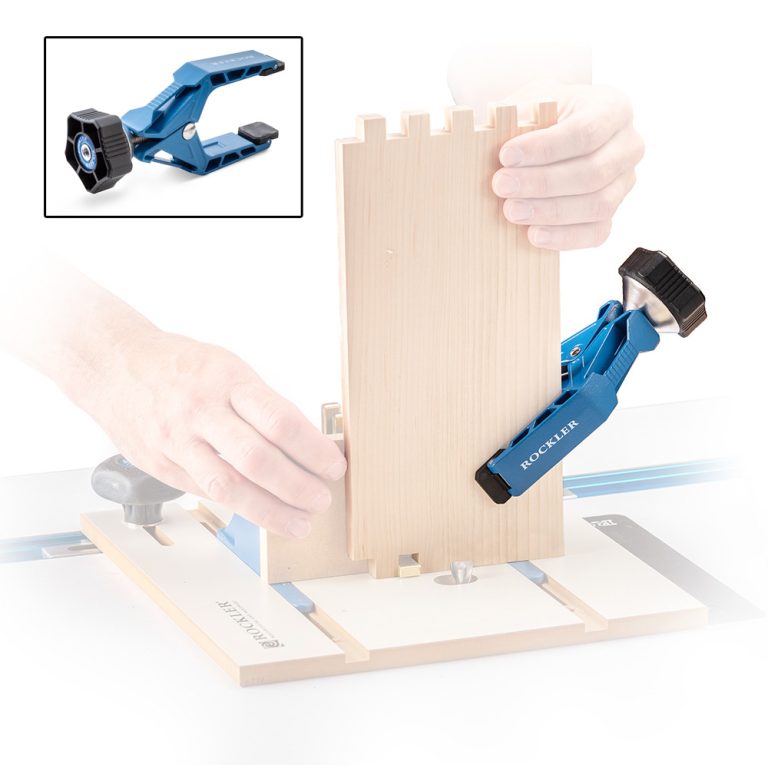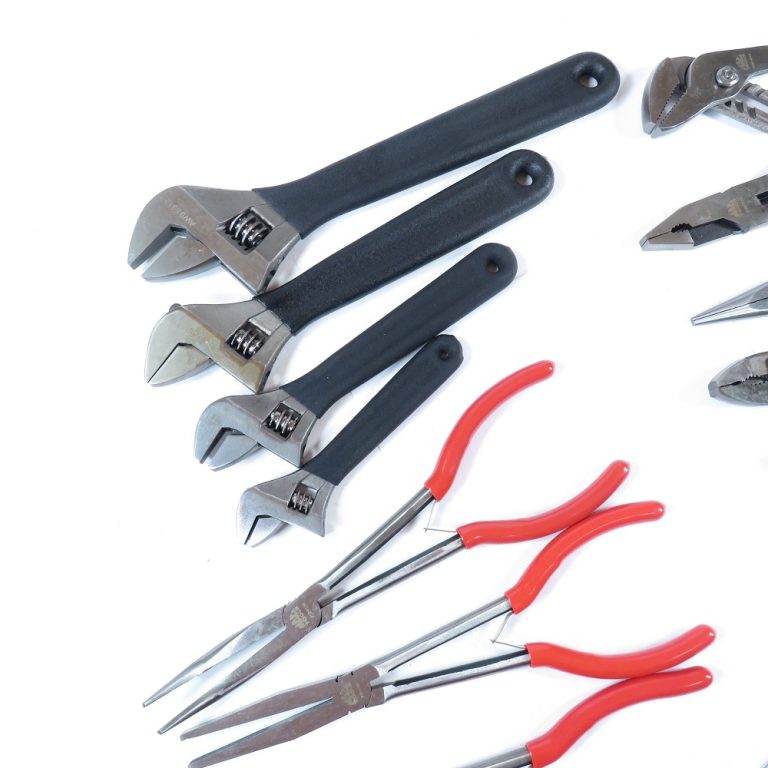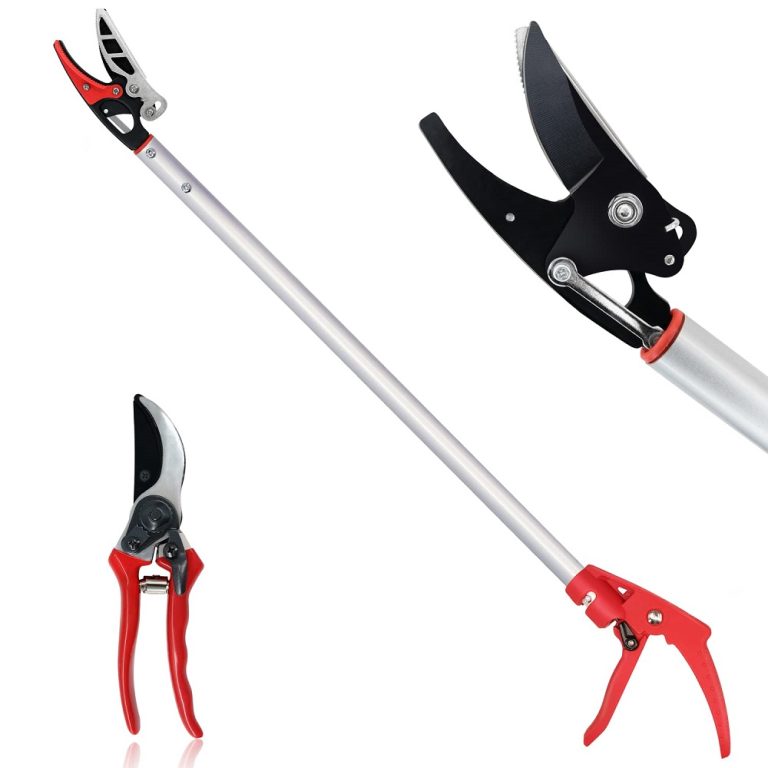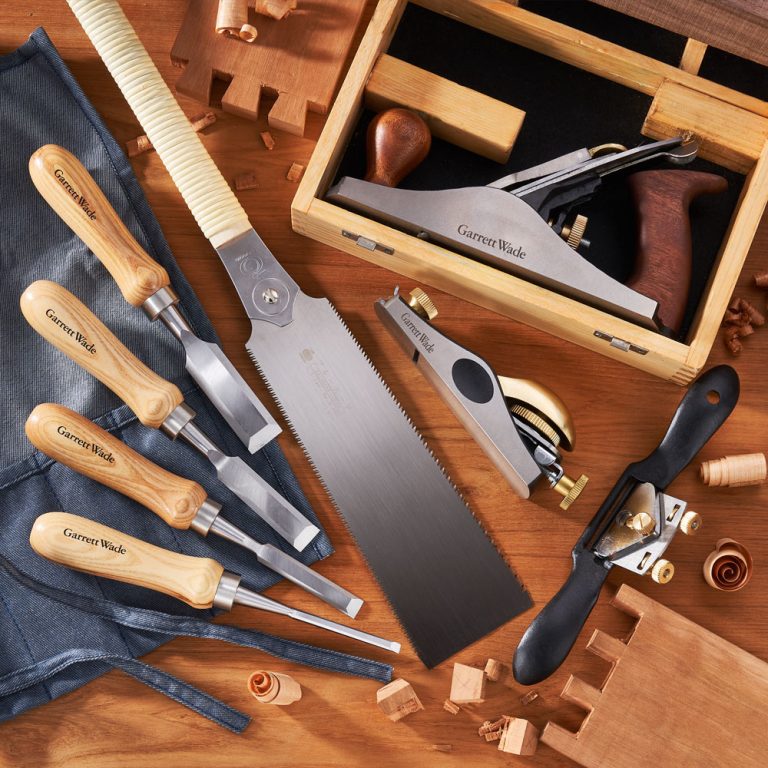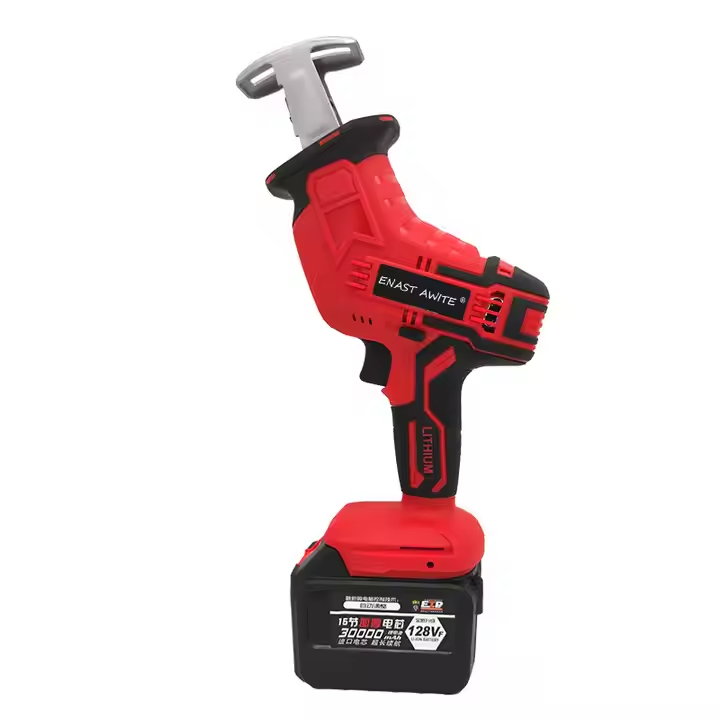Introduction to Electric Saws
Electric saws are essential tools for precision cutting tasks in both woodworking and metalwork. They implement powerful motors and sharp blades to cut through materials with ease. These saws vary greatly based on their design and purpose. Users can choose from a range of saws, including circular, reciprocating, and jigsaw models, each suited for different tasks.
Electric saws offer flexibility and efficiency. Their precise cuts make them invaluable for detailed projects. Additionally, advancements in technology have introduced cordless options. These enhance portability without sacrificing power. Whether for professional construction jobs or home DIY projects, electric saws make cutting tasks quicker and more accurate.

Categories of Electric Saws
Electric saws come in various shapes and designs to meet different cutting needs. Let’s explore some of the most popular types available on the market.
Circular Saws
Circular saws are powerful tools known for their straight cuts. They sport a round blade and are ideal for cutting wood, though some can also cut metal. Users can adjust the blade depth to suit the material’s thickness.
Reciprocating Saws
Reciprocating saws have a push-and-pull motion blade. They excel in demolition and can cut through wood and metal. These saws are handy for tasks that need a more rugged approach.
Jigsaw Saws
Jigsaw saws allow for detailed work with their narrow blades and ability to cut curves. They work well for intricate designs in woodworking and thinner metal sheets.
Band Saws
Band saws use a continuous loop blade for consistent cutting. They provide precise cuts in various materials, including thicker metal pieces, with minimal noise and sparks.
Threaded Rod Cutters
Threaded rod cutters offer a clean and burr-free cut. These are specialty tools designed to slice through threaded rods used in construction without damaging the threads.
Oscillating Multi-Tools
Oscillating multi-tools are versatile, fitted with various attachments for cutting, grinding, and sanding. They are perfect for tight spaces and detailed work on different materials.
Cut-Out Tools
Cut-out tools are the go-to for creating precise holes or openings in drywall or sheet metal. These tools are valuable for electricians and plumbers who need to make quick and accurate cuts.
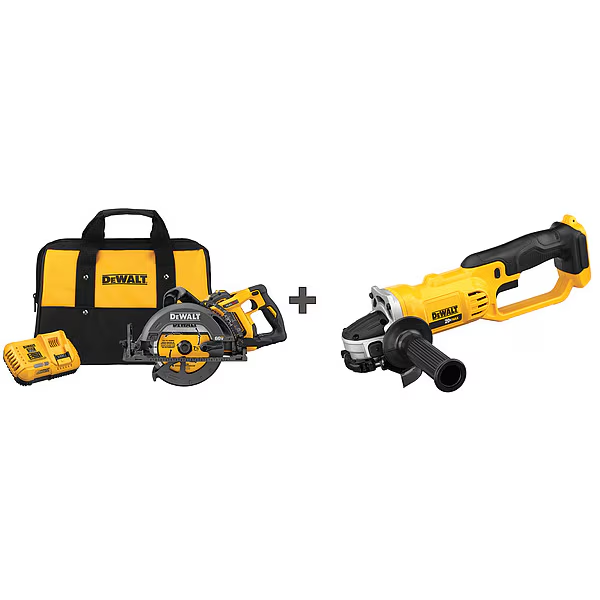
Comparing Cordless and Corded Electric Saws
When it comes to electric saws, the choice between cordless and corded can be significant. Both types have their advantages and considerations. Here, we will compare their features to help you understand which might best suit your needs.
Cordless electric saws offer the utmost convenience and mobility. They are battery-operated, which means you can take them anywhere without worrying about a power socket. This portability is a huge plus for professionals who work on various sites. Cordless saws use platforms like Nuron battery for consistent power. They tend to be lighter and are excellent for overhead or hard-to-reach cuts. However, their battery life is finite. You may need spare batteries for long projects.
On the other hand, corded electric saws provide continuous power. They are ideal for prolonged use without the need for recharging. Their consistent performance can often handle tougher cuts without losing speed or power. However, they restrict movement and are limited by the length of their cord.
The decision between cordless and corded often depends on specific tasks. For freedom of movement and ease in varying locations, cordless saws excel. For uninterrupted power and heavy-duty tasks, corded saws are the go-to. Therefore, consider the nature of your projects before making a choice between the two.
Essential Features for Woodworking Saws
When working with wood, having the right saw features can make a significant difference. Here’s what to look for in a woodworking saw:
Cutting Depth and Precision
The ability to adjust cutting depth is critical. It allows for flexibility depending on the thickness of the wood. More control over the depth equates to more precise cuts. Some electric saws offer advanced settings that enable users to specify exact depths for repetitive, precise cuts. This precision is essential for achieving professional-quality finishes and accurate joinery.
Blade Types and Material Compatibility
Blades are critical for saw performance. For woodworking, choose blades designed for various types of wood, including hardwood and softwood. Blade compatibility doesn’t just stop at material type; consider the teeth design as well. Finer teeth are better for detailed and smooth cuts, while coarser teeth are ideal for quick, rough cuts.
Different materials require different blades for optimal cutting performance. Ensure the saw can accommodate a range of blades to switch between different woodworking tasks. This flexibility increases the saw’s utility, enabling it to handle everything from soft pine to dense oak.
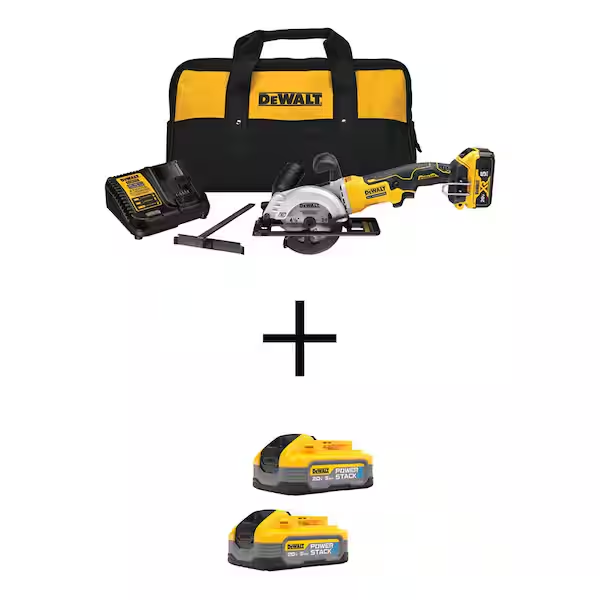
Key Considerations for Metal Cutting Saws
When selecting metal cutting saws, consider factors like technology and speed.
Cold-Cutting Technology
Cold-cutting technology is crucial for metalwork. It allows cuts without generating heat. This means no warping or weakening of the metal. Look for saws that state ‘cold-cutting’ capabilities like the SC 6ML-22 model mentioned earlier. These saws precisely slice through metal, ensuring clean cuts and longer blade life.
Speed and Performance
The speed of a saw affects how quickly and efficiently it can complete cuts. High-speed electric saws save time and boost productivity. Performance is also tied to the saw’s power and blade quality. A high-performing saw like the SCW 22-A offers both speed and precise control. It gives a competitive edge in heavy-duty metal cutting tasks.
Safety Tips for Using Electric Saws
Safety is paramount when handling electric saws to prevent injuries and ensure efficient operation. Here are essential safety tips every user must follow:
Wear Appropriate Safety Gear
Always wear safety goggles or glasses to protect your eyes from flying debris. Use ear protection to guard against prolonged noise exposure. Gloves can help prevent cuts and abrasions, while a dust mask is crucial for avoiding inhalation of sawdust.
Check the Equipment Before Use
Inspect your saw before each use. Ensure the blade is sharp and securely attached. Look for signs of wear or damage on the cord (for corded saws) or battery (for cordless saws).
Maintain a Clean Work Area
A clutter-free workspace allows safe and free movement around your saw. Remove any unnecessary tools or materials that might obstruct your space or distract you.
Follow Manufacturer’s Instructions
Always read and adhere to the manufacturer’s manual. It provides specific guidelines on using and handling the saw effectively and safely.
Use the Right Blade for the Material
Selecting the correct blade minimizes the risk of kickback and ensures clean cuts. Make sure the blade is suitable for the material you are cutting.
Secure the Material Properly
Always use clamps or a vise to hold your workpiece. Never attempt to cut freehand as it increases the risk of injury.
Keep Your Hands Away from the Blade
Keep your hands and fingers at a safe distance from the moving blade. Use push sticks or push blocks if necessary to maintain distance.
Disconnect Power Before Blade Changes
For safety, disconnect your saw from the power source when changing blades. This avoids accidental startups.
Avoid Alcohol and Medications
Do not operate saws when under the influence of alcohol or medications that can impair your reaction times and decision-making.
Following these safety tips will help maintain a safe environment while using electric saws for any project.
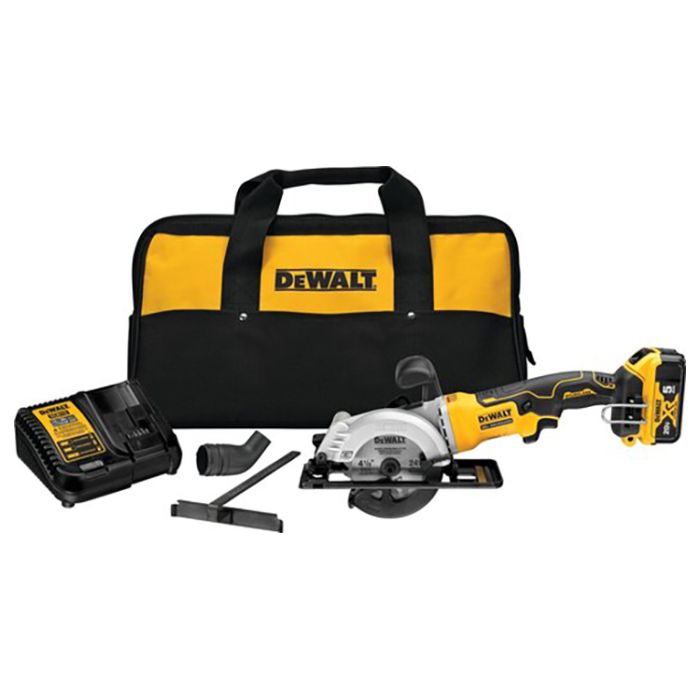
Maintenance and Care for Electric Saws
To keep electric saws in top condition, regular maintenance is key. Here’s what you need to know.
Clean the Saw After Each Use
Remove dust and debris after each use. Use a brush or compressed air to clean hard-to-reach areas.
Inspect and Replace Blades as Needed
Check blades for dullness or damage regularly. Replace them when necessary for best performance.
Check for Loose Parts
Before each use, ensure all parts are tight and secure. Tighten anything that seems loose.
Lubricate Moving Parts
Apply lubricant to moving parts to reduce wear and tear. Follow the manufacturer’s recommendations.
Keep Batteries Charged
For cordless saws, always charge batteries. Keep a spare for uninterrupted work.
Store in a Dry Place
Avoid moisture to prevent rust. Store your saw in a dry, safe location.
Handle with Care
Be gentle with your saw. Dropping or banging it can cause misalignment.
Maintaining your electric saws will extend their life and ensure they work well for each task.
Conclusion: Choosing the Right Electric Saw for Your Project
Selecting the ideal electric saw involves assessing your project needs. Consider the materials you’ll be cutting and the locations where you’ll work. For precise woodworking, look for saws with adjustable cutting depth and a range of blade types. When working with metal, prioritize saws with cold-cutting technology and high-performance speeds.
Cordless saws offer flexibility and are good for on-the-go tasks. Corded saws ensure continuous power for heavier jobs. Safety must always come first; use the recommended gear and follow the guidelines. Proper care extends your saw’s life, ensuring reliability.
With the right electric saw, you’ll achieve accuracy and efficiency, enhancing your work’s quality and productivity.

